By Joseph Frantiska, Jr.
At the beginning of WWII, the U.S. Navy needed a combat aircraft that could meet several requirements: it had to serve as an attack fighter that could conduct precision dive-bombing and ground-support (strafing) operations yet still be small enough to be delivered to battle zones by aircraft carrier.
The solution was the Curtiss SB2C Helldiver—nicknamed the “Beast.” It was one of the United States’ best aircraft of the war—but one that had its shortcomings.
For as long as there have been multiple military service branches, there has been the possibility that a piece of equipment would be pressed into duty for all of them. This puts additional pressure on designers and program managers.
Such was the case for the Curtiss SB2C “Helldiver” dive bomber: Both the U.S. Navy and U.S. Army Air Force (USAAF) wanted to employ it for dive bombing over sea and land, respectively, while the U.S Marine Corps’ wanted it for close-air-support.
Previously, the USAAF had been convinced that level bombers, employing precision optical bombsights, could strike targets with impunity from high altitude. But after Brig. Gen. William “Billy” Mitchell, in charge of American air operations in France, observed British and French dive-bombing attacks, he advocated the U.S. adopt such tactics. What was needed was a plane that could perform these maneuvers.
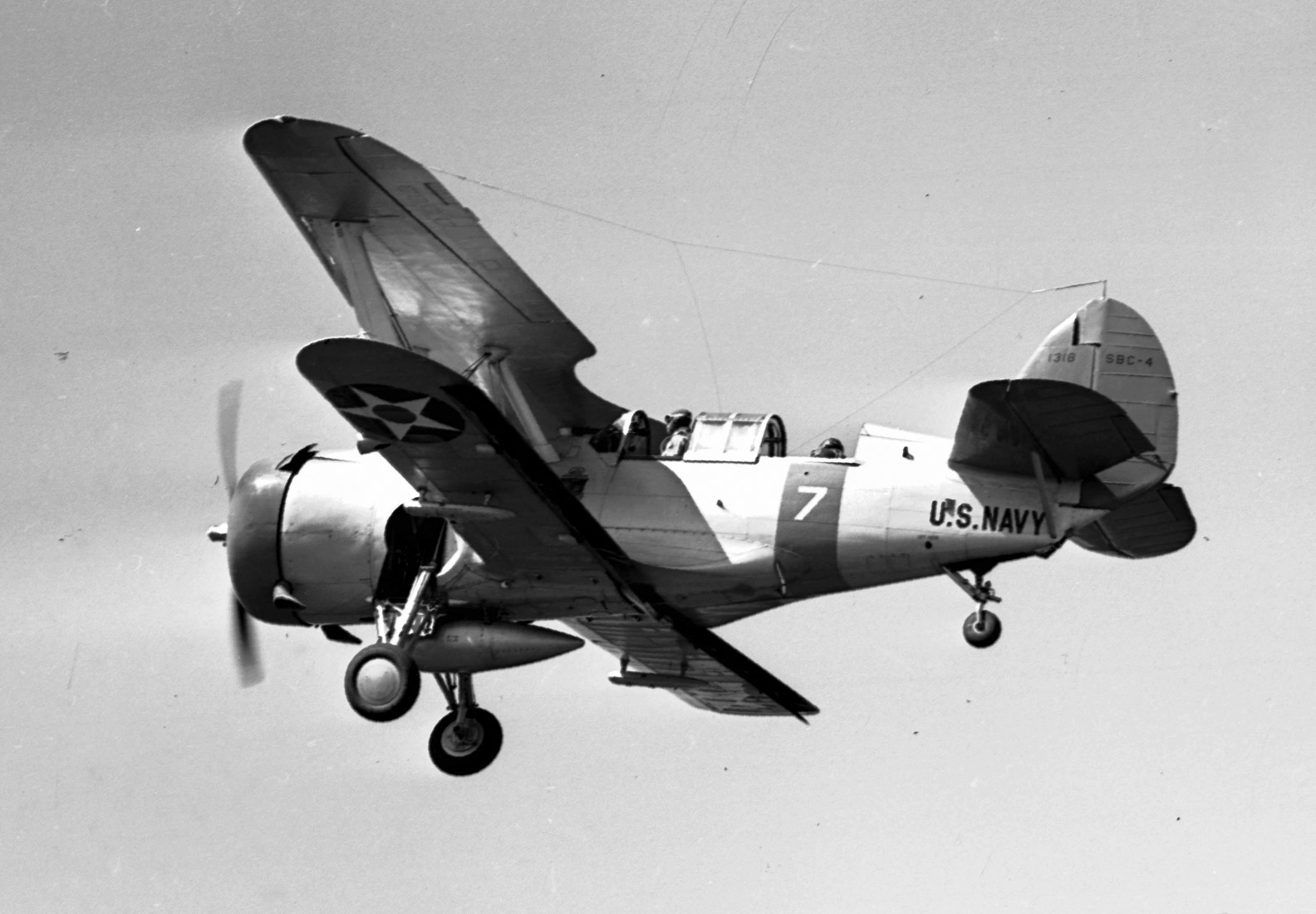
Development
Initially, the Navy used existing scout and fighter aircraft as dive bombers without any of the features that purpose-built dive bombers would have, such as a stronger structure and dive brakes. To address the need for a dedicated dive bomber, in 1928 the Curtiss division of the Curtiss-Wright Corporation redesigned its F8C-1—the Marine version of the “Falcon” two-seat fighter-bomber.
To withstand the stresses of dive bombing, the new craft was given a more compact and strengthened airframe, as well as a 450-hp Pratt & Whitney R-1340 radial engine, which replaced the Falcon’s Liberty inline engine. The new aircraft became known as the F8C-4 Helldiver, with 25 units being produced.
The first of the F8C-4s began serving with Fighter Squadron VF-1B (Bombing) aboard the carrier Saratoga (CV-3) in 1930, but rapidly advancing fighter-aircraft technology made the F8C-4 slower than the fighters it would be accompanying on combat missions. Thus, the name Helldiver was out of the naval lexicon by the end of 1931.
On June 30, 1932, the Bureau of Aeronautics gave Curtiss a contract for their Design 73, a two-seat monoplane with a parasol wing and retractable landing gear. Power came from a prototype 625-hp Wright R-1510-92 twin-row, 14-cylinder, radial engine driving a two-blade propeller. Designed under the direction of Raymond C. Blaylock, it was designated XF12C-1.
Designed for aircraft-carrier deployment, the parasol wing could fold back for storage; a tail hook facilitated carrier landings. The first flight was in July 1933, and a maximum speed of 217.4 mph was eventually reached in the test program. But this was considered sluggish; the culprits were the long struts supporting the wing.
Curtiss renamed the aircraft the XS4C-1, and later the XSBC-1, as they hoped it might fulfill the role of a scout bomber. In a September 1934 dive-bombing test flight, the parasol-wing assembly failed. While the pilot survived, the prototype was heavily damaged.
Curtiss was contracted to rebuild the prototype as a biplane and did so without folding wings. It did have leading-edge slots, and the lower wing was equipped with full-span flaps to produce the XSBC-2, known to Curtiss as the Model 77.
It was all metal except for the fabric-covered control surfaces. The cockpit was lengthened, the rudder and vertical fin were increased, and a tail hook was included. Power was furnished by a 700-hp Wright XR-1510-12 air-cooled radial engine with 14 cylinders in two rows. It spun a constant-speed Curtiss Electric three-bladed propeller whose blade pitch could be changed electrically.
The Curtiss Electric three-bladed propeller was replaced by a Hamilton-Standard three-bladed prop. Curtiss gave the first SBC-3s the unofficial name of “Helldiver,” and they began entering squadron service with VS-5 aboard the Yorktown (CV-5), VS-3 on Saratoga (CV-3), and VS-6 on Enterprise (CV-6) in late 1937.
The 76th SBC-3 produced was given a 950-hp, Wright Cyclone R-1820-34 nine-cylinder radial engine in 1938 and dubbed the SBC-4—known to Curtiss as the Model 77B.
The increase in horsepower translated into an increase in payload, as a 1,000-pound bomb could now be carried. The Navy procured 124 SBC-4s, with the first squadron to receive the SBC-4 being VS-2 on the USS Lexington (CV-2). The Curtiss SBC was the last biplane to see service with the U.S. military. The Navy ordered the first prototype of the SB2C monoplane on May 15, 1939—with expectations that it would be revolutionary.
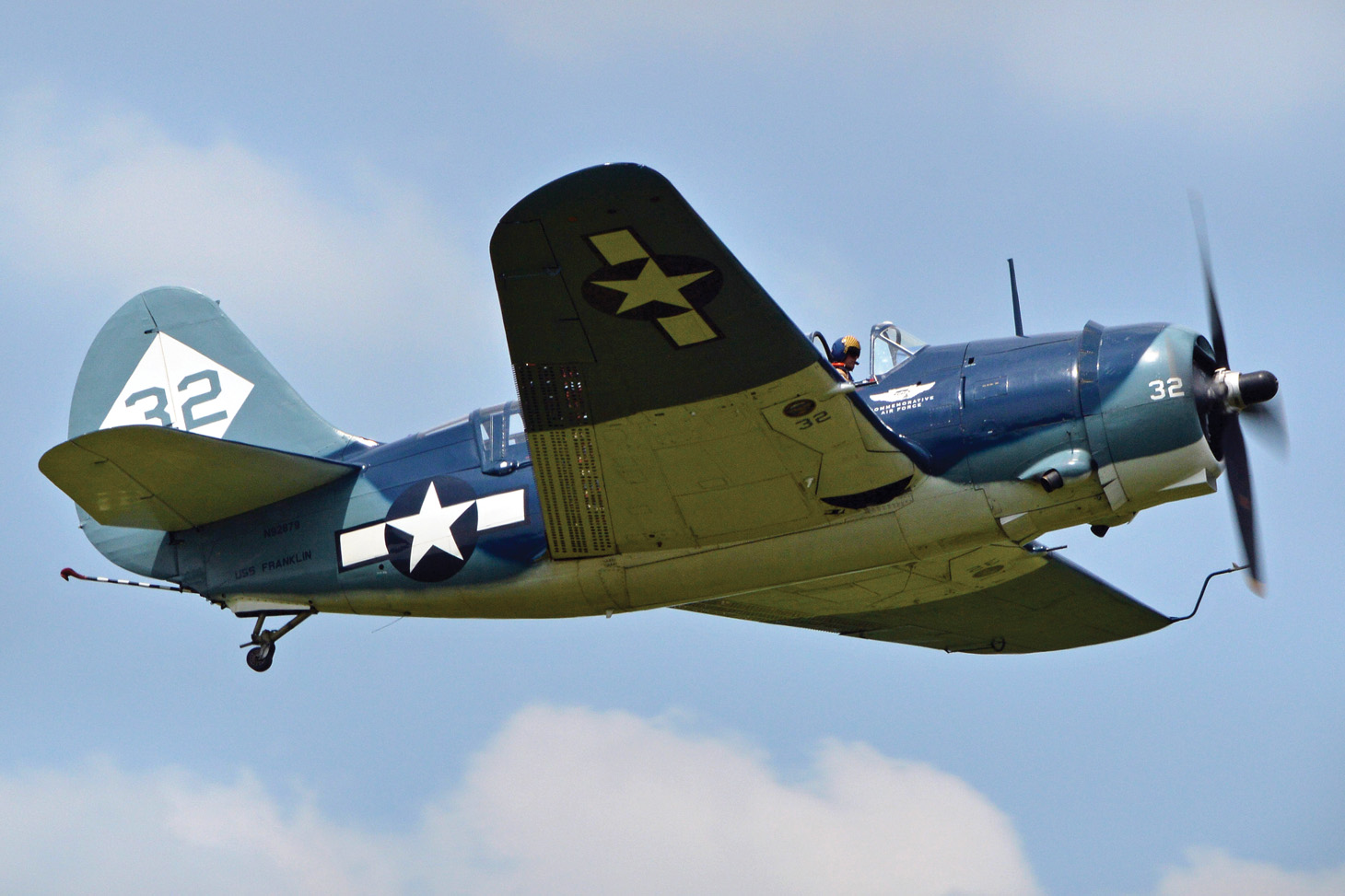
Flight Testing
The Helldiver prototype XB2C-1 suffered problems with its Wright R-2600 engine and three-blade propeller. It flew for the first time at Curtiss’ Buffalo, N.Y., plant, on December 18, 1940, with chief test pilot Henry Lloyd Child at the controls. It crashed on February 8, 1941, when its engine failed during a landing approach. The damage was repaired but it crashed again after a wing failed on a test flight on December 21, 1941. Fortunately, test pilot B.T. Hulse parachuted to safety. The second prototype version was also lost in December 1941 as it recovered from a dive, causing catastrophic failure of the starboard wing and horizontal stabilizer.
Even before the flight of its first prototype, production models were ordered in November 1940 that included over 800 design changes. Among them were 195 more pounds of armor, self-sealing fuel tanks with greater capacity, a larger tail, and four .50-caliber machine guns.
Under ordinary conditions, the Navy would probably have canceled the SB2C, as it was proving to be more work to salvage the program than to start all over again. Curtiss had built a factory in Columbus, Ohio, dedicated to manufacturing SB2Cs, complete with work force, raw materials, and subcontractors to produce dive bombers.
More design changes were made to convince the Navy to accept the design. Many of the revisions were a reaction to combat experience in the European theater, such as self-sealing fuel tanks and added pilot armor. Wanting greater firepower, the Navy also dictated that the two fuselage-mounted machine guns be replaced by a pair of wing-mounted 20 mm cannons.
The SB2C’s short fuselage was necessary so the aircraft could fit on existing aircraft-carrier elevators. However, this created the instability called “close coupling,” which could cause the aircraft to pitch up so quickly and excessively that a stall could occur over the carrier deck. To solve the problem, the tail section was lengthened. Some observers said that the SB2C’s rudder was big enough to steer a battleship.
The most unique feature that sets dive bombers apart from other aircraft is the dive brakes. These typically take the form of split flaps; one panel rises above the trailing edge of the wing while another panel extends below the trailing edge. The aircraft’s speed is reduced, not only giving the pilot more time to aim but also preventing the aircraft from reaching a speed where it might experience structural problems or failure.
All SB2C models had these dive brakes, but, starting with the SB2C-3 version, the dive brakes were perforated. The perforations on these distinctive “Swiss cheese” dive brakes reduced buffeting in a dive and allowed the dive brakes to open wider, creating a greater braking effect. Optimal dive angle was an almost-vertical 80 degrees.
Prior to America’s formal entry into World War II, an immense rearmament program began with dive bombers playing a significant role. Curtiss and the Navy were committed to the extensive manufacture of the SB2C to replace the obsolete Vought SB2U Vindicator, Douglas SBD Dauntless, and the venerable Curtiss SBC.
The SB2C’s wing had an unsatisfactorily high stall speed, and the plane demonstrated serious handling problems in its low-speed and stall regimes. This is critical, as a carrier-based aircraft must display superior handling in these areas as it approaches and lands aboard a pitching ship in less-than-desirable weather conditions.
At high speeds, such as when diving, the ailerons became heavy, requiring brute force to move the controls, and excessive tail buffeting occurred when the dive brakes were extended. All this contributed to the SB2C earning various unflattering nicknames such as “The Big-Tailed Beast” or just “The Beast.” Many pilots joked that SB2C stood for “Son-of-a-Bitch, 2nd Class.”
The SB2C also needed to have a well-balanced load—as in the case of one pilot of VB-87 on the USS Ticonderoga, whose Helldiver was equipped with a 1,000-lb. bomb in its internal bomb bay and a 260-lb. fragmentation bomb on one wing to partly offset a 680-lb. drop tank on the other wing for a strike on the Japanese hybrid cruiser/aircraft carrier Hyuga.
Navy Cross recipient H. Paul Brehm was a pilot on the mission, and he saw the result of the unbalanced load, which the pilots had been cautioned was potentially problematic: “Lieutenant Al Matteson was first off. His plane got to the bow; his wing loading was unbalanced. He started going into a tight right turn and the cameras began rolling. Momentarily flight operations were secured; the semaphore on the bridge went to red. Matteson hit the water hard and the plane just disintegrated. I saw only one person getting out of the crash debris.
“The bridge ordered the Plane Guard Destroyer to pick up the survivor. The semaphore on the bridge went back to green and the order of ‘launch aircraft’ proceeded as if nothing had happened. Not more than 25 seconds had lapsed. All I could think of was, ‘Hell, we’ve lost our first plane for today’s strike and we haven’t even completed the launch.’”
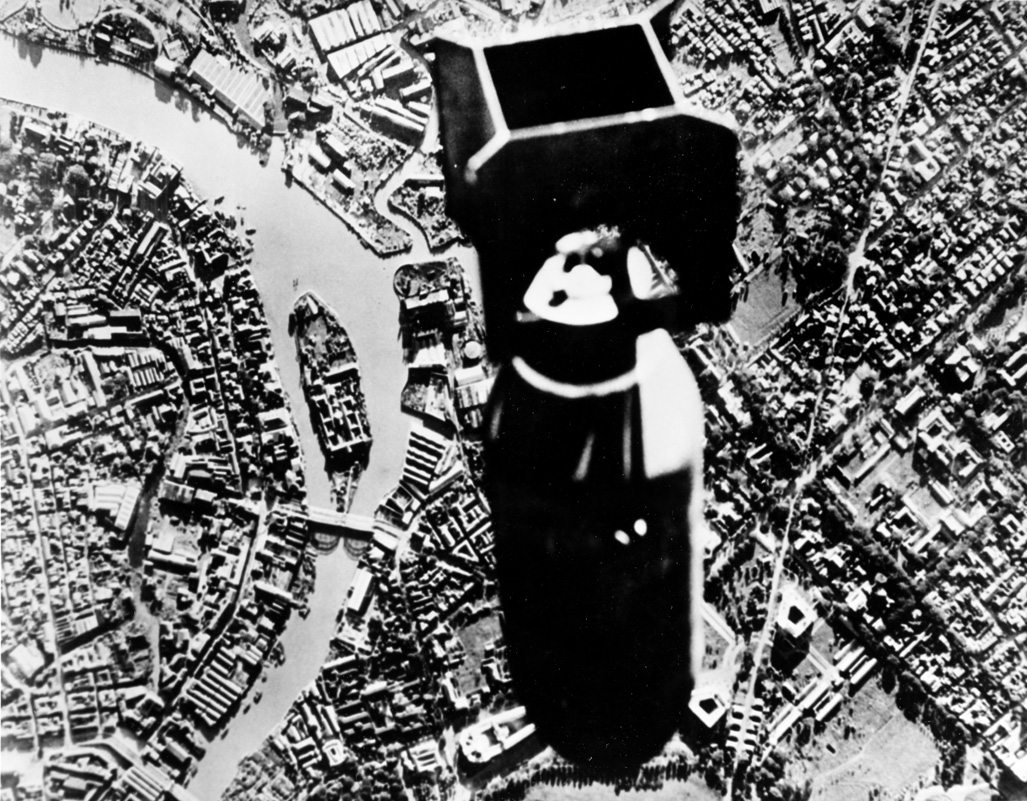
When Helldivers arrived on the new Essex class carriers in December 1942, they were deemed unfit for combat due to their poor handling. Then-Missouri Senator Harry Truman, head of the oversight committee investigating government fraud and mismanagement, was quoted as saying that Curtiss-Wright “had not succeeded in producing a single SB2C usable as a combat airplane.” The SB2C looked to be the Edsel of its day.
The Helldiver first engaged in combat when Bombing Squadron VB-17 from the carrier Bunker Hill attacked Rabaul on November 11, 1943. VB-17’s commander, Lt. Cmdr. James E. “Moe” Vose, declared that, apart from folding wings, “the SB2C offered little improvement on the SBD…. The SBD [Dauntless] would be my choice.” Indeed, the numbers seem to prove him right.
The Helldiver hit rock bottom as it performed strikes against Vice Adm. Jisaburo Ozawa’s carrier fleet on the second day of the Battle of the Philippine Sea. Of the 51 SB2Cs in the June 20, 1944, sortie, 43 aircraft—84 percent—were lost, most due to fuel exhaustion or crashes. It was the highest percentage of losses for one U.S. Navy aircraft type during a single mission. On the same mission, in contrast, SBD losses were just 15 percent.
Employing different tactics and strategies, the Helldiver’s combat record gradually improved. Flying alongside Avenger torpedo bombers, Helldivers played a critical role in the Battle of Leyte Gulf as they sank the 74,000-ton battleship Musashi on October 24, 1944. They then sank her sister ship, the 72,000-ton Yamato, on April 7, 1945, during the Okinawa campaign. Support of ground troops and Marines became another forte of the Helldiver as the Pacific island-hopping campaign unfolded.
A great advance in the ground-support capability of the Helldiver was the employment of high-velocity air-to-ground rockets— an early stand-off weapon—that enabled pilots to hit surface targets accurately without the stress of a power dive. Beginning with the SB2C-4, eight 5-inch rockets were carried on underwing pylons. The SB2C-4E was equipped with the APS-4 search radar pod to aid in locating and targeting enemy surface vessels.
Over 20 years after Billy Mitchell saw the need for dive bombers, the desire for a dedicated land-based dive bomber prompted the USAAF to acquire some of the new Helldivers. It was apportioned 100 SB2C-1As, which were renamed the A-25A Shrike.
Near the end of World War II, the SB2C was fitted with the air-to-ground 11.75-inch “Tiny Tim” rocket. At 10 feet long and weighing 1,250 pounds, the Tiny Tim packed the punch of a 500-pound bomb. It was a forerunner of the ship-sinking Exocet missile of the Falklands War some 40 years into the future.
The U.S. military was aware of the ability of Japanese Mitsubishi F1M “Pete” and Nakajima A6M2-N “Rufe” floatplane fighters to operate far from land bases and beyond the range of carrier-dependent aircraft. To match this capability, the fifth SB2C-1 produced was fitted with large Edo floats attached to the underside of the fuselage by four pairs of struts. A ventral fin was also added to offset the side area of the floats in wind conditions. It successfully passed initial sea trials on the Potomac as well as rough water trials off Hampton Roads, Virginia.
By the time this version (XB2C-2) was developed, however, the U.S. carrier fleet had rapidly expanded, as had the construction of airfields throughout the Pacific theater. Combined with the large mass of the XSB21C-2’s floats—which made it sluggish to maneuver—this resulted in the entire order of 294 aircraft being cancelled on April 14, 1944.
The final version of the Helldiver was the SB2C-5, which debuted in 1945 and had a greater range. The end of the war saw the introduction of the first guided bombs, which reduced the necessity for dive bombing.
The constant efforts by Curtiss to address the aircraft’s flaws paid off, as the SB2C had the best production run of any dive bomber in history. A total of 7,140 Helldivers were produced by Curtiss, with the Canadian firms of Fairchild Aircraft Ltd. building 300 units called the SBF and the Canadian Car and Foundry Co., Ltd., building 894 called the SBW.
The Cold War
The dissolution of the Axis powers left only the Soviet Union as a significant threat. Possessing only a few large capital ships, the Soviets largely lacked targets suitable for dive bombing; the Cold War era saw a greater emphasis on anti-submarine warfare (ASW). The Grumman TBF Avenger, with twice the internal bomb-bay capacity of the Helldiver, was regarded as a more potent carrier-based ASW aircraft.
As of October 2019, the Federal Aviation Administration listed only one airworthy SB2C, an SB2C-5 owned and operated by the Commemorative Air Force (West Texas Wing).
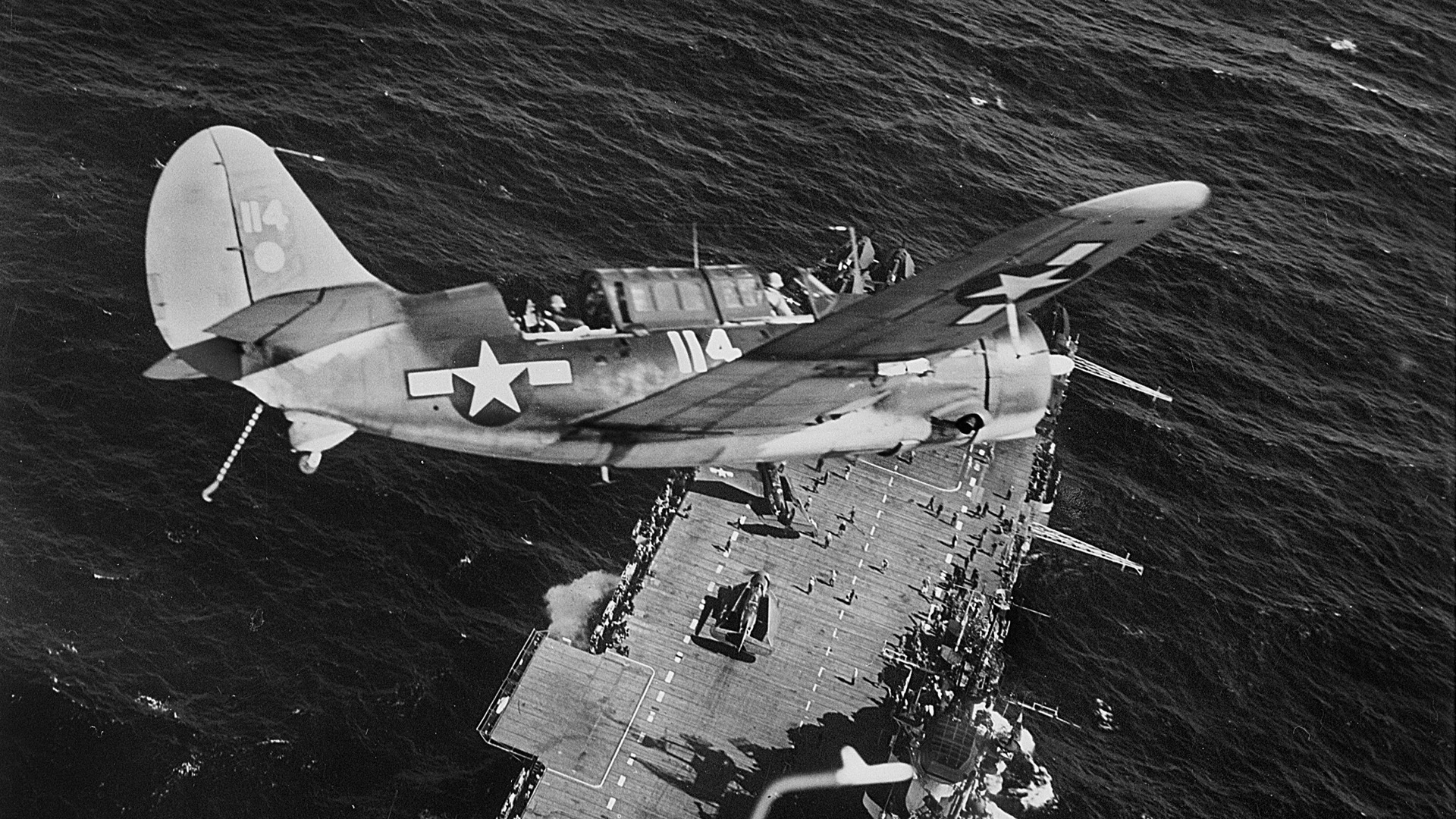
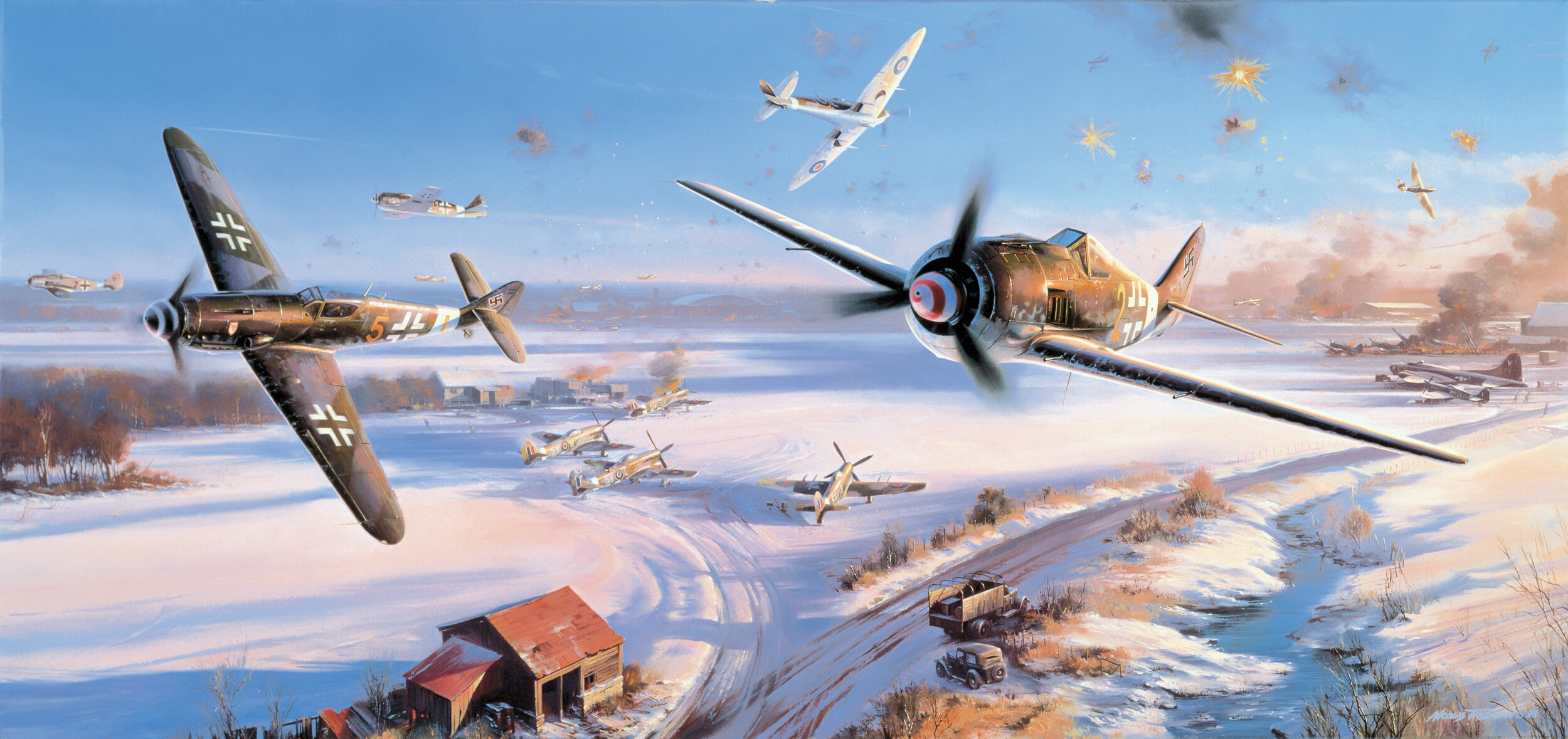
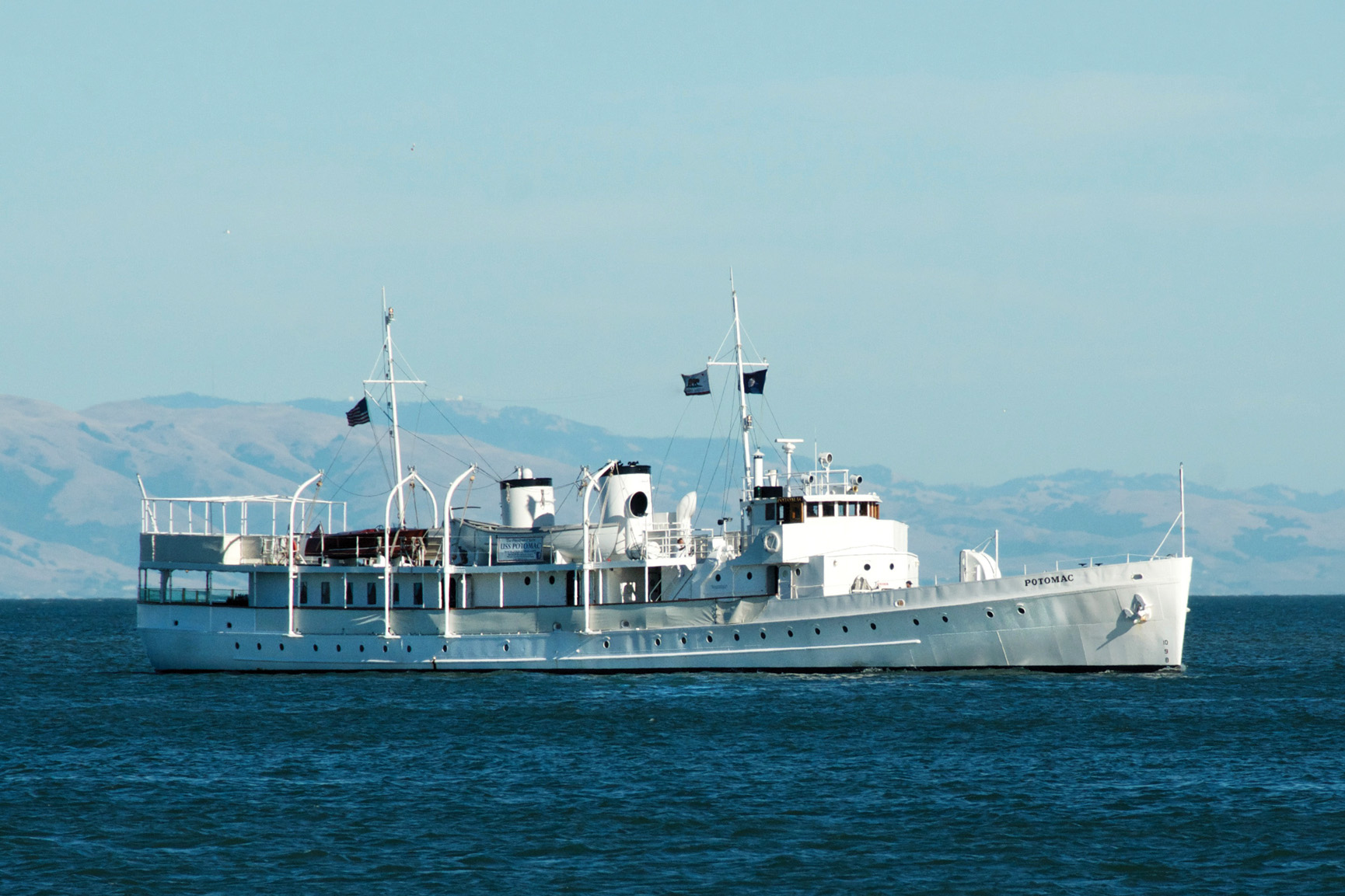
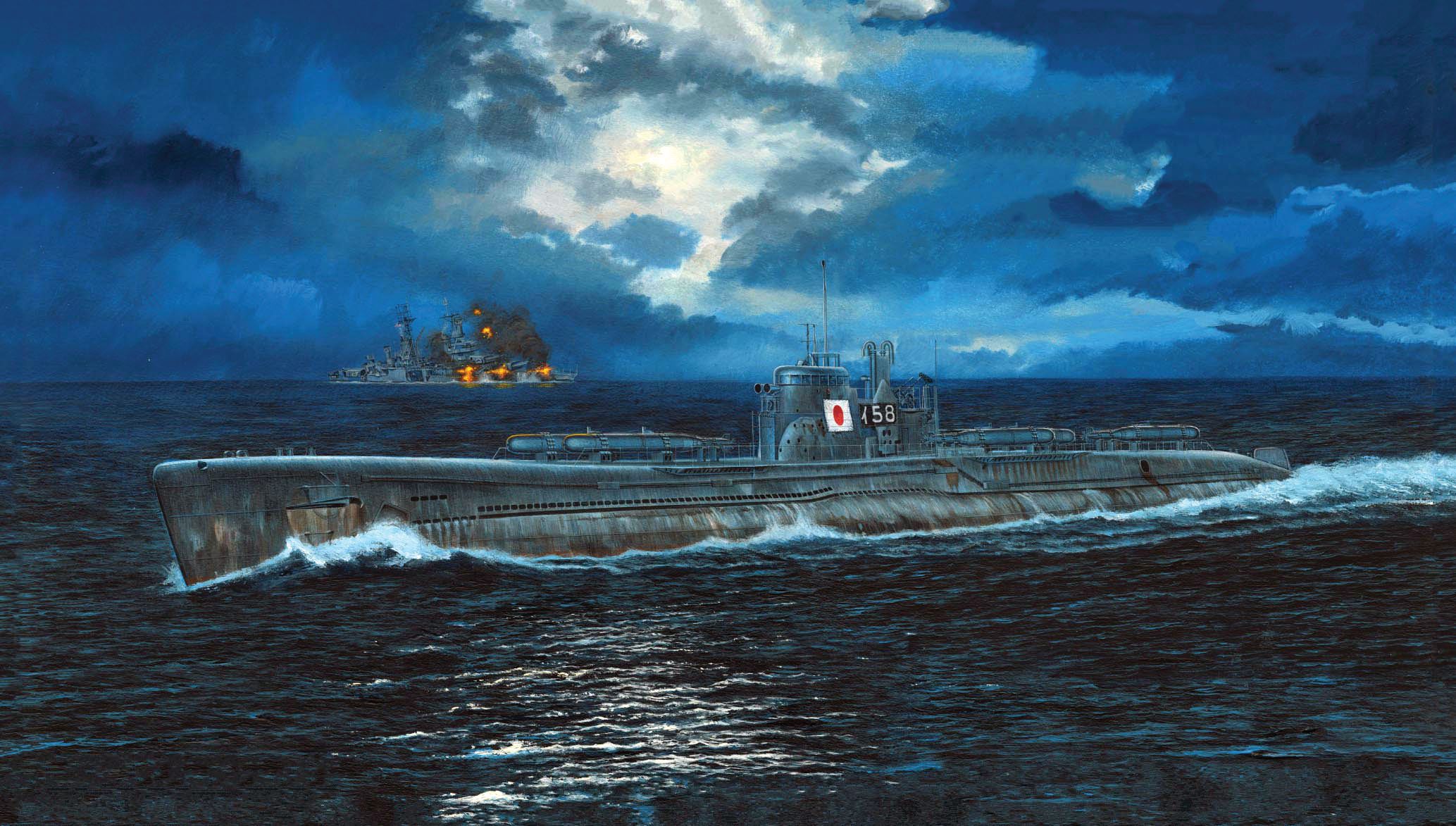
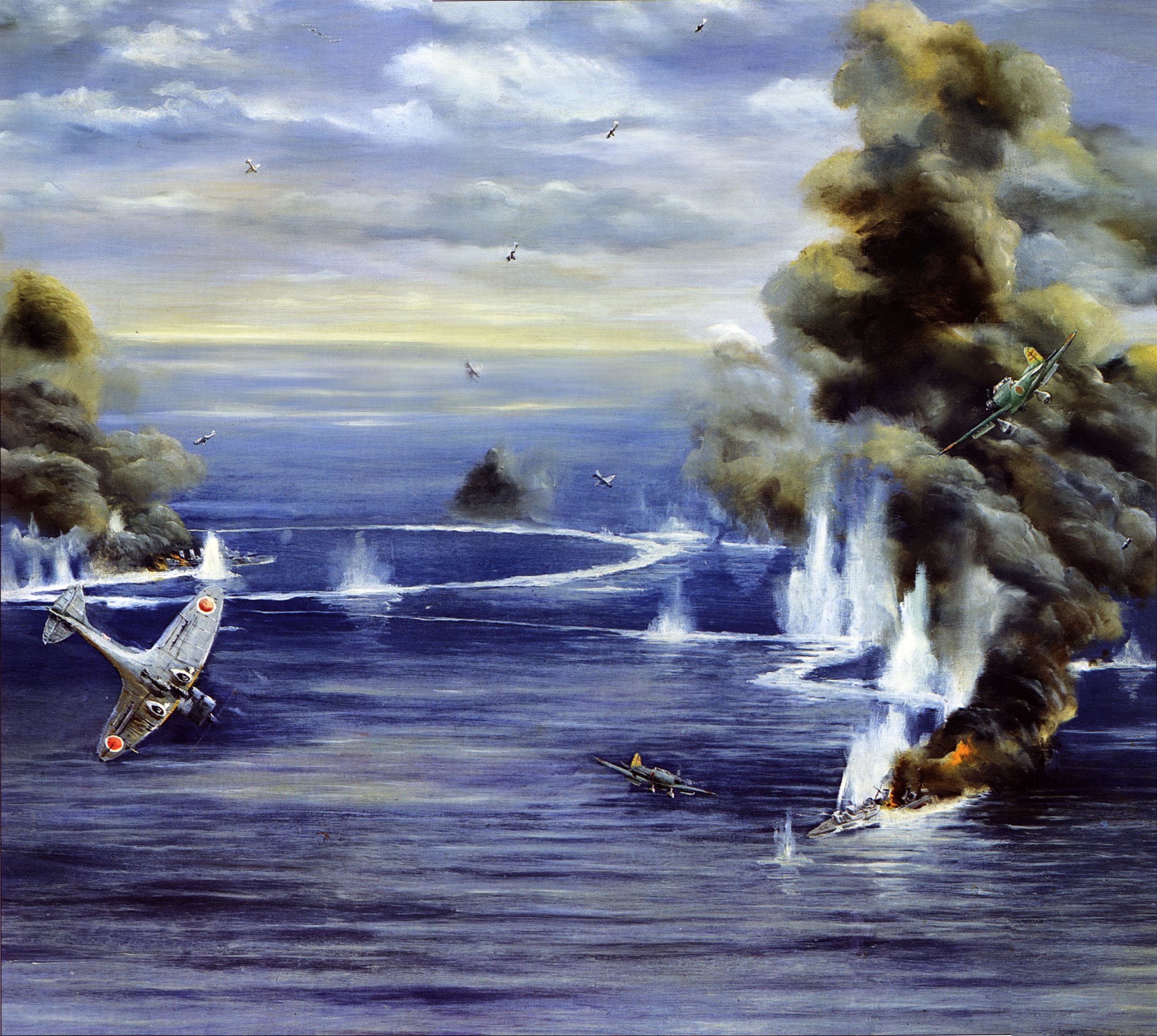

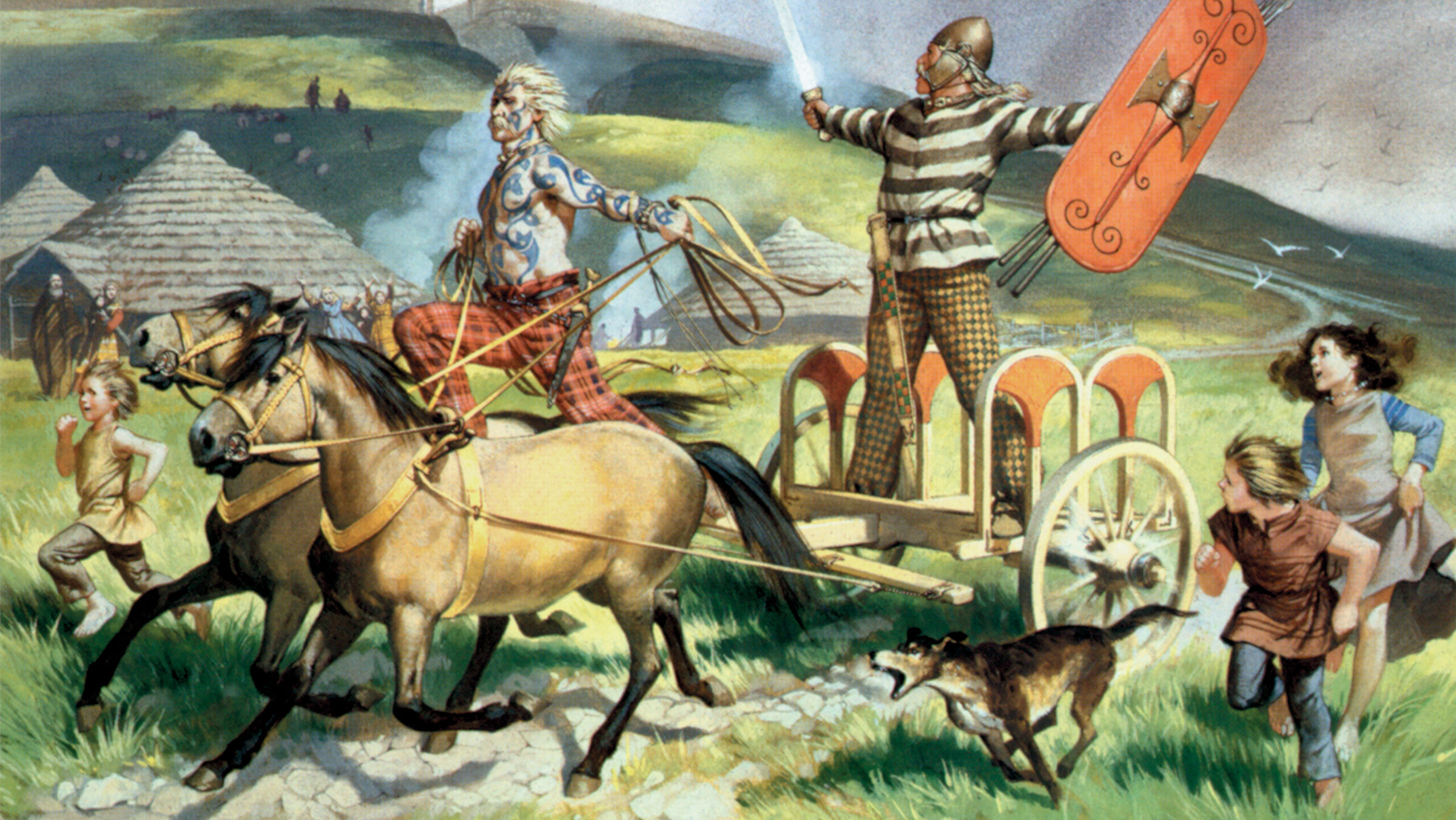
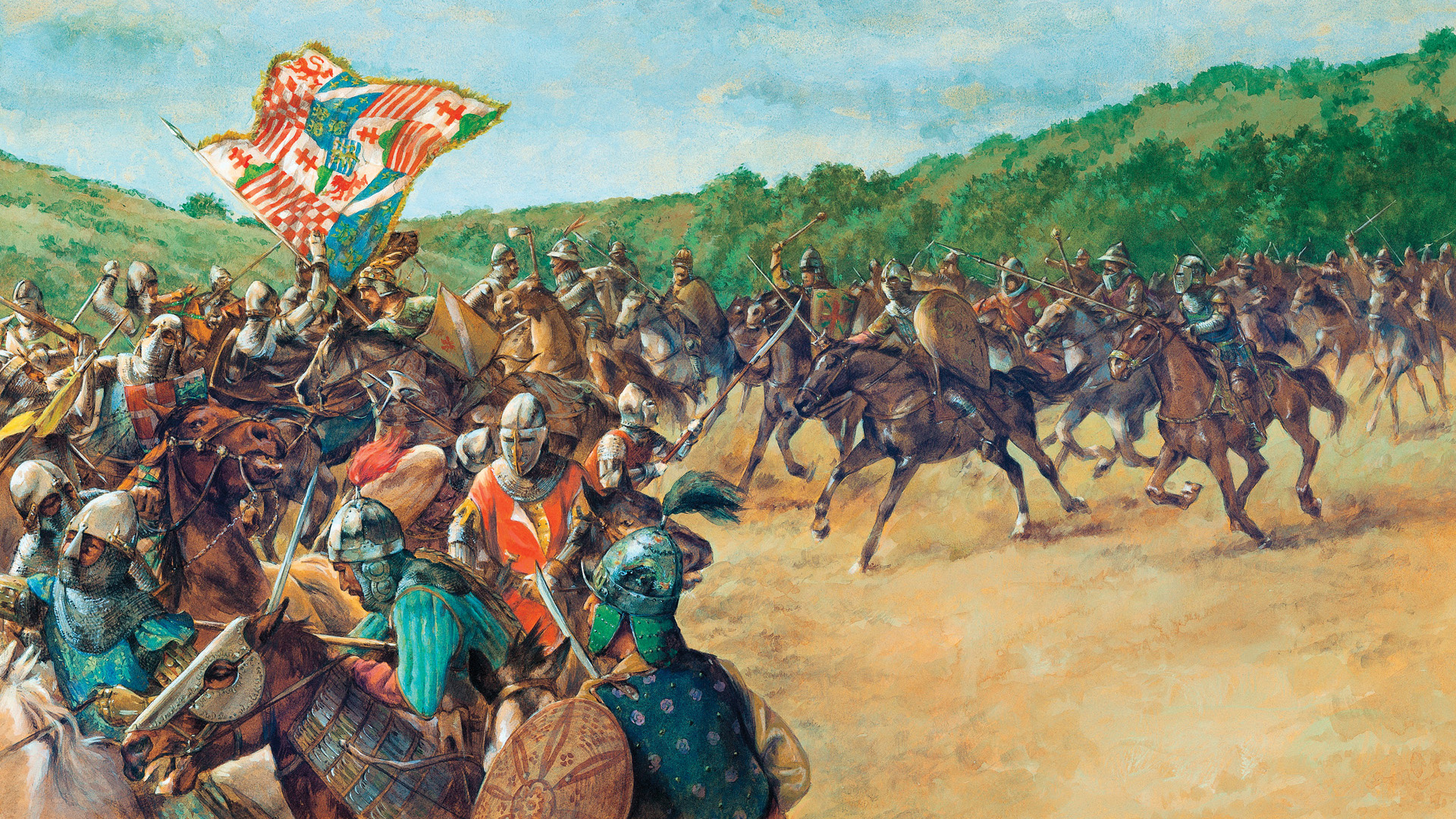
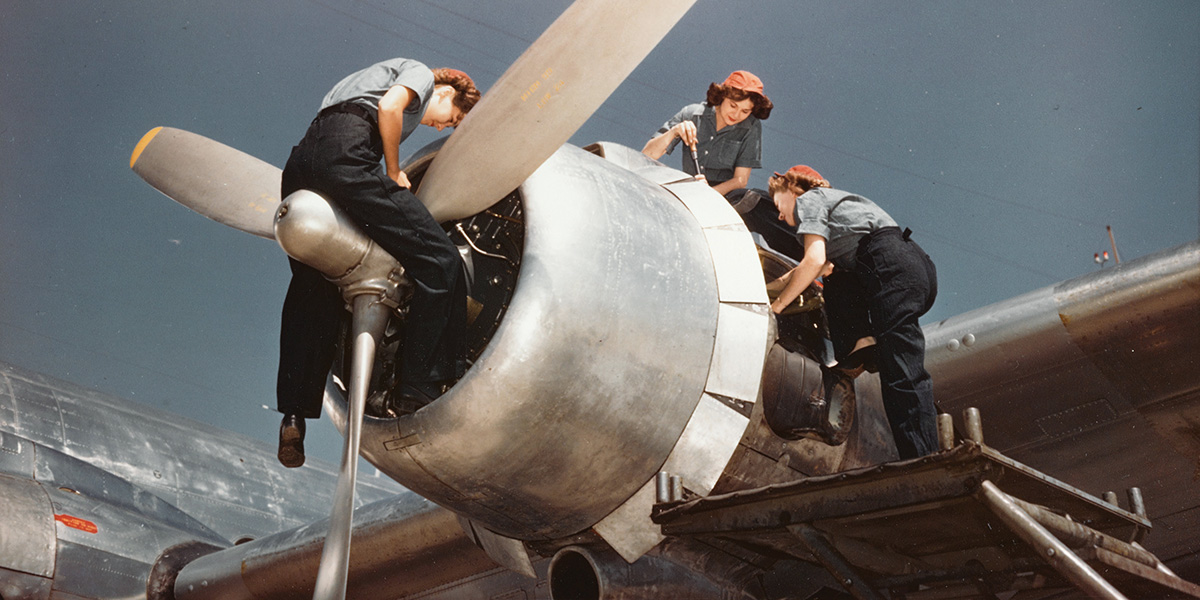
Join The Conversation
Comments
View All Comments